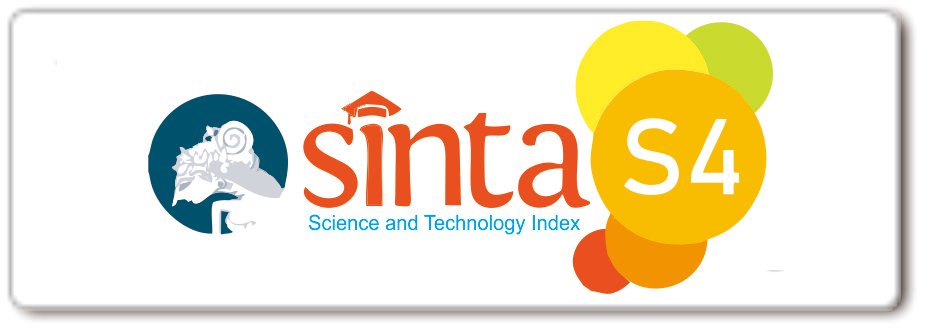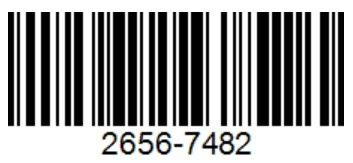PERAN ANTIOKSIDAN PADA MELASMA
DOI:
https://doi.org/10.33820/mdvi.v52i2.479Keywords:
antioksidan, hiperpigmentasi, melasma, patogenesis melasma, perawatan melasmaAbstract
Melasma adalah kelainan hipermelanotik didapat, biasanya terjadi pada perempuan dengan jenis kulit yang lebih gelap. Sejumlah faktor pemicu melasma antara lain genetik, pajanan sinar ultraviolet (UV), dan hormon seks perempuan. Patofisiologi melasma tidak terbatas pada melanosit; penelitian saat ini menunjukkan bahwa keratinosit, sel mast, regulasi gen yang menyimpang, neovaskularisasi, dan gangguan membran basal saling barkaitan. Sinar UV sebagai agen utama diyakini memicu reactive oxygen species (ROS) melalui stimulus melanogenesis dan mengaktifkan oksida nitrat terinduksi. Melasma sulit diobati dan cenderung kambuh setelah pengobatan karena patofisiologinya yang kompleks. Antioksidan telah digunakan dalam pengobatan melasma untuk mengurangi melanogenesis akibat sinar UV, karena fungsinya sebagai penetral dan penghambat pembentukan ROS.
Downloads
References
2. Rajanala S, De Castro Maymone MB, Vashi NA. Melasma pathogenesis: A review of the latest research, pathological findings, and investigational therapies. Vol. 25, Dermatology Online Journal. Dermatology Online Journal; 2019.
3. Sarkar R, Bansal A, Ailawadi P. Future therapies in melasma: What lies ahead? Indian J Dermatol Venereol Leprol. 2020;86(1):8.
4. Piquero-Casals J, Granger C, Piquero-Casals V, Garre A, Mir-Bonafé JF. A treatment combination of peels, oral antioxidants, and topical therapy for refractory melasma: A report of 4 cases. Clin Cosmet Investig Dermatol. 2020;13:209–13.
5. Ertam ?, Özkapu T, Akçay Y, Sözmen EY, Ünal ?. Antioxidant activity in melasma. Turkderm Turkish Archives of Dermatology and Venereology. 2018;52(1):33–6.
6. Xing X, Dan Y, Xu Z, Xiang L. Implications of Oxidative Stress in the Pathogenesis and Treatment of Hyperpigmentation Disorders. Vol. 2022, Oxidative Medicine and Cellular Longevity. Hindawi Limited; 2022.
7. Ogbechie-Godec OA, Elbuluk N. Melasma: an Up-to-Date Comprehensive Review. Vol. 7, Dermatology and Therapy. Springer Healthcare; 2017. p. 305–18.
8. Liu W, Chen Q, Xia Y. New Mechanistic Insights of Melasma. Vol. 16, Clinical, Cosmetic and Investigational Dermatology. Dove Medical Press Ltd; 2023. p. 429–42.
9. Yim S, Lee J, Jo H, Scholten J, Willingham R, Nicoll J, et al. Chrysanthemum morifolium extract and ascorbic acid-2-glucoside (Aa2g) blend inhibits uva-induced delayed cyclobutane pyrimidine dimer (cpd) production in melanocytes. Clin Cosmet Investig Dermatol. 2019;12:823–32.
10. Farris P. The Why, What, When, and How of Topical Antioxidants in Cosmeceuticals. Cutis. 2021 Mar 1;107(3):2–8.
11. Putra Wiraguna AAG, Hari ED, Praharsini IGAA. Correlation between glutathione plasma with degree severity of melasma in balinese women. Clin Cosmet Investig Dermatol. 2020;13:455–9.
12. Pai V, Shukla P, Kikkeri N. Antioxidants in dermatology. Indian Dermatol Online J. 2014;5(2):210.
13. Baek J, Lee MG. Oxidative stress and antioxidant strategies in dermatology. Vol. 21, Redox Report. Taylor and Francis Ltd.; 2016. p. 164–9.
14. Checa J, Aran JM. Reactive oxygen species: Drivers of physiological and pathological processes. Vol. 13, Journal of Inflammation Research. Dove Medical Press Ltd; 2020. p. 1057–73.
Downloads
Published
How to Cite
Issue
Section
License
Copyright (c) 2025 Ninda Sari, Nanda Earlia, Mimi Maulida

This work is licensed under a Creative Commons Attribution-ShareAlike 4.0 International License.














